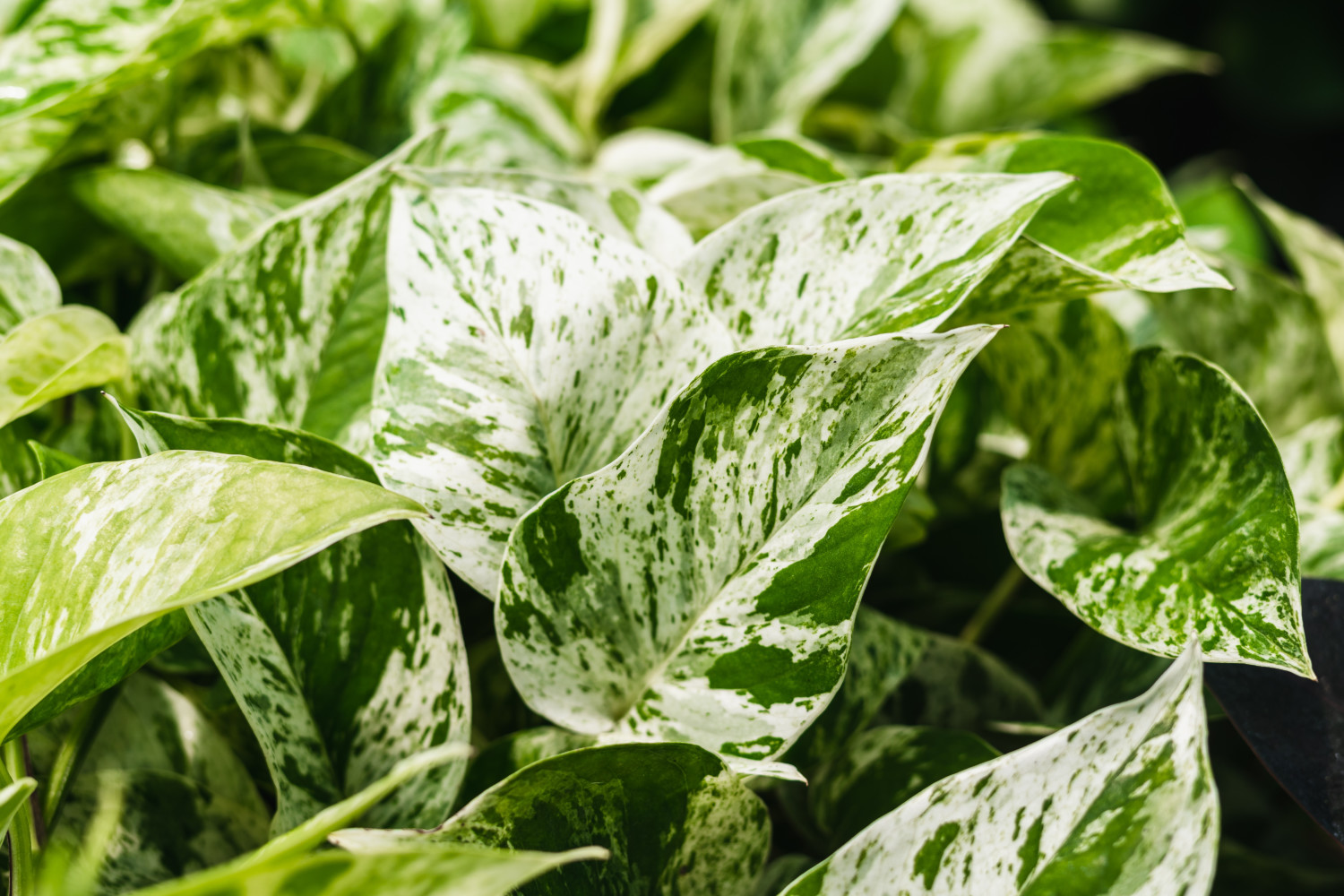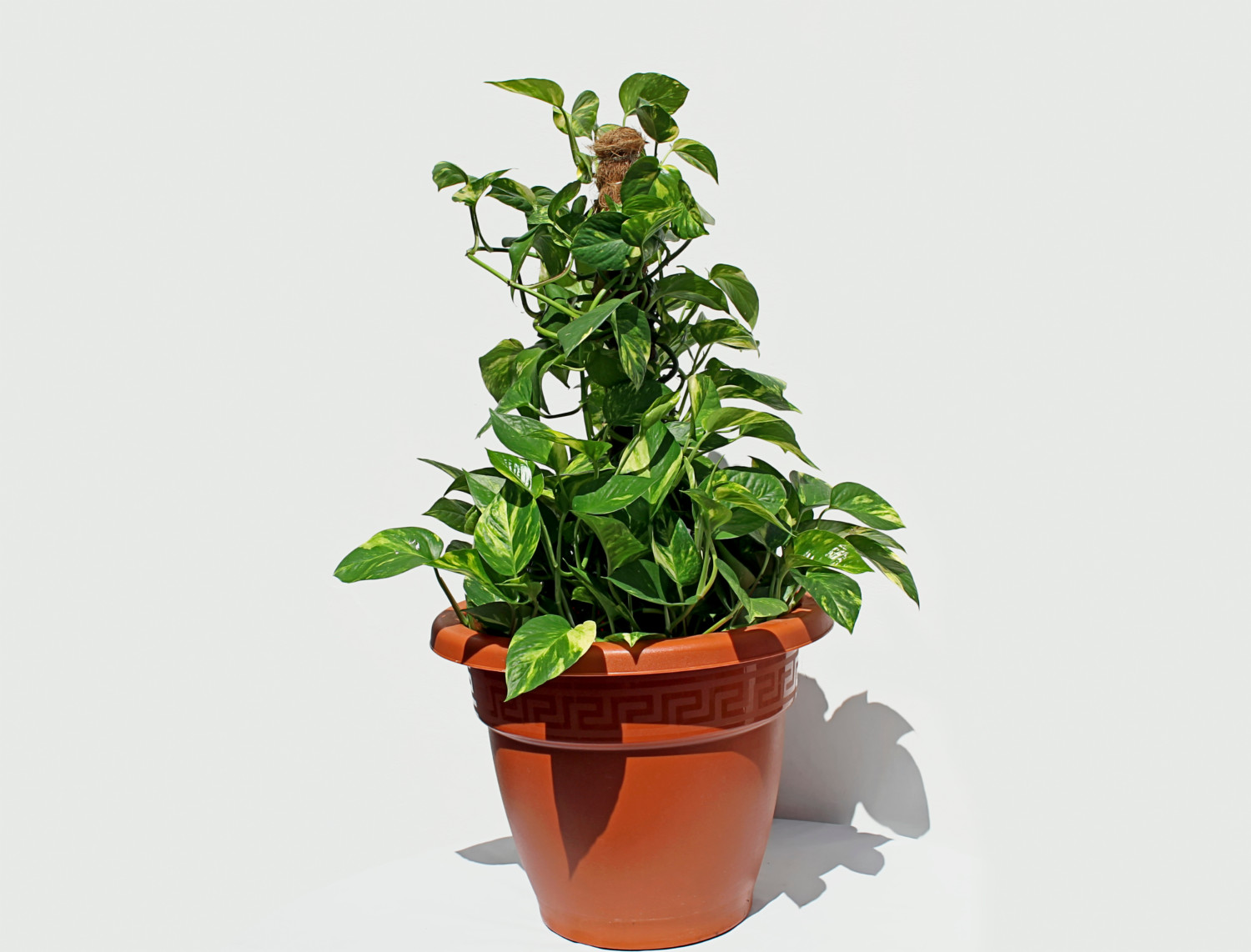The green trailing foliage of a pothos makes it an attractive addition to any home. Pothos plants can be grown in hanging baskets, on shelves, or along walls and window frames. Pothos care is easy; the plants require little maintenance. Sometimes called devil’s ivy, pothos is an ideal houseplant for beginners.
Not only are they aesthetically pleasing, but pothos plants also offer several health benefits. Studies have shown that having houseplants can reduce stress and improve air quality. Pothos is especially beneficial because it can help filter out impurities such as formaldehyde, benzene and trichloroethylene from the air. Additionally, it is believed to reduce levels of airborne mold and bacteria.

How to Make Pothos Fuller
Special pothos care can help your plant grow fuller. First, choose a larger pot for your plant. Then, add some extra soil around the edges of the root ball when repotting. This will create more space in the pot for growth.
Secondly, use a healthy fertilizer with trace elements like iron and manganese every four to six weeks during active growth periods. Pruning your pothos in spring and fall will encourage new foliage and keep the shape of your plant full and bushy. Clip scraggly vines back to within two inches of the soil. Shorten other vines randomly, as well, particularly those with smaller leaves.
Staking pothos is another way to make the plant look fuller. Place a moss pole or other type of stake in the center of the pot and wrap the vines around it. Instead of growing vines that droop and sprawl away from the plant, it will grow into and around itself, creating a lush, verdant appearance.

Other Pothos Care Tips
When it comes to pothos care, the most important thing is providing the right amount of light. Too little light will cause your plant to become leggy and have fewer leaves; too much light can result in sunburn or wilting foliage. Choose a spot with bright, indirect sunlight for the best results.
Additionally, ensure you’re watering your pothos regularly but not too frequently. Allow the soil to dry out between waterings. When it’s time for a drink, water until you see some draining from the bottom of the pot. Dry air can also be an issue for this tropical houseplant, so consider using a humidifier if possible or misting the leaves occasionally with lukewarm water from a spray bottle.
If you have pets, you should know that pothos is considered toxic to cats and dogs.
This story originally appeared on Simplemost. Check out Simplemost for additional stories.


